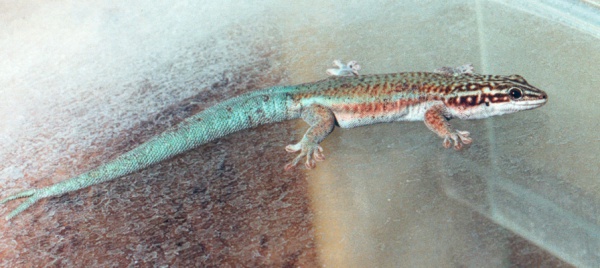Facts About Barbour's day gecko
Barbour's day gecko, scientifically known as Phelsuma barbouri, is a captivating member of the Gekkonidae family, endemic to the heart of Madagascar. Active during the day, this gecko can often be found on rocks, feeding on insects and sipping nectar. Named in honor of the American herpetologist Thomas Barbour, these medium-sized geckos can grow up to 13.5 cm in length. They boast a brownish-green or dark green coloration accented with striking dark brown stripes.
In their natural habitat, Barbour's day geckos thrive in rocky environments, tolerating the challenging climate characterized by drastic temperature fluctuations between day and night. These geckos typically form small groups and are frequently observed basking in the sun to regulate their body temperature. When it comes to reproduction, females lay their eggs under stones. Interestingly, multiple females sometimes select the same location, resulting in clutches of up to 50 eggs. The eggs hatch after approximately 55 days at a stable temperature of 28°C, with the hatchlings measuring a mere 32 mm.
For those considering keeping these geckos as pets, they thrive in pairs or small groups within a spacious terrarium. Ensure the enclosure includes plenty of hiding spots and flat rocks to explore. Basking lights are essential, maintaining daytime temperatures around 29°C and allowing it to drop to 20°C at night. Their diet should consist of a variety of insects such as crickets, wax moths, fruit flies, mealworms, and houseflies to keep them healthy and content.
